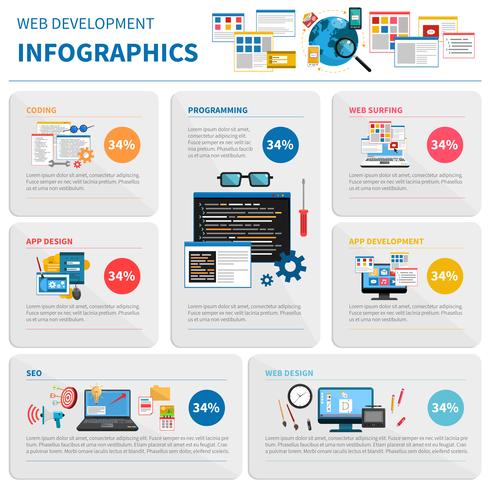The Growth Of Internet Site Style: From Earlier Times To Now
The Growth Of Internet Site Style: From Earlier Times To Now
Blog Article
Material Created By-Johnsen Peters
In the past, websites were easy and concentrated on info. Navigating was direct, and style was for desktops. Currently, customer experience is crucial. Information overviews styles for very easy navigating. Responsive formats match different devices. Today, dark mode decreases pressure, and minimalist menus enhance navigating. Interactive features engage individuals, and vibrant visuals stand apart. AI combination enhances involvement. See exactly how style has evolved to improve your on-line journey.
Early Days of Web Design
In the early days of web design, simpleness preponderated. Web sites were basic, with minimal shades, font styles, and layouts. helpful resources was on supplying information rather than showy visuals. Individuals accessed the internet via sluggish dial-up connections, so rate and functionality were essential.
Navigation menus were straightforward, commonly situated on top or side of the web page. Internet sites were made for desktop computers, as mobile surfing wasn't yet prevalent. Web content was king, and developers prioritized easy readability over complex design components.
HTML was the key coding language made use of, and developers needed to function within its restrictions. Computer animations and interactive features were marginal compared to today's criteria. Web sites were fixed, with little vibrant material or customized user experiences.
Rise of User-Focused Design
With the advancement of site layout, a change in the direction of user-focused layout concepts has become increasingly prominent. Today, developing web sites that focus on user experience is essential for engaging site visitors and achieving business goals. User-focused design involves understanding the requirements, preferences, and habits of your target market to tailor the site's format, content, and includes appropriately.
Designers now conduct thorough research study, such as individual surveys and use screening, to collect insights and feedback directly from customers. hop over to this site -driven technique assists in creating user-friendly navigation, clear calls-to-action, and aesthetically attractive interfaces that resonate with site visitors. By positioning the user at the center of the layout procedure, internet sites can deliver a more individualized and delightful experience.
Responsive layout has actually additionally emerged as a crucial facet of user-focused style, ensuring that internet sites are maximized for numerous gadgets and screen sizes. This versatility improves accessibility and usability, accommodating the varied ways individuals interact with websites today. Fundamentally, the rise of user-focused design signifies a change towards developing electronic experiences that focus on the needs and expectations of completion customer.
Modern Trends in Website Design
Discover the most recent fads forming website design today. One prominent fad is dark mode layout, providing a sleek and modern-day appearance while reducing eye pressure in low-light atmospheres. An additional vital trend is minimalist navigating, simplifying food selections and enhancing customer experience by focusing on essential elements. Integrating micro-interactions, such as animated switches or scrolling effects, can develop an extra interesting and interactive website. Receptive design continues to be vital, guaranteeing seamless user experiences throughout numerous gadgets. Additionally, using strong typography and asymmetrical formats can include aesthetic rate of interest and accentuate certain content.
Integrating AI innovation, like chatbots for customer assistance or tailored recommendations, improves user interaction and improves procedures. Ease of access has also become a considerable fad, with designers prioritizing comprehensive layout methods to accommodate varied individual needs. Embracing sustainability by enhancing internet site efficiency for speed and performance is one more arising trend in website design. Working together with customer responses and data analytics to iterate and boost style continuously is essential for staying relevant in the ever-evolving digital landscape. By welcoming these contemporary patterns, you can produce an aesthetically appealing, easy to use internet site that resonates with your audience.
Conclusion
As you review the evolution of internet site layout from the early days to currently, you can see exactly how user-focused layout has actually become the driving pressure behind modern-day patterns.
Embrace the journey of change and adaptation in web design, always keeping the user experience at the leading edge.
Remain present with the most up to date trends and technologies, and never ever stop evolving your approach to create aesthetically magnificent and easy to use web sites.
Advance, adapt, and develop - the future of web design is in your hands.
